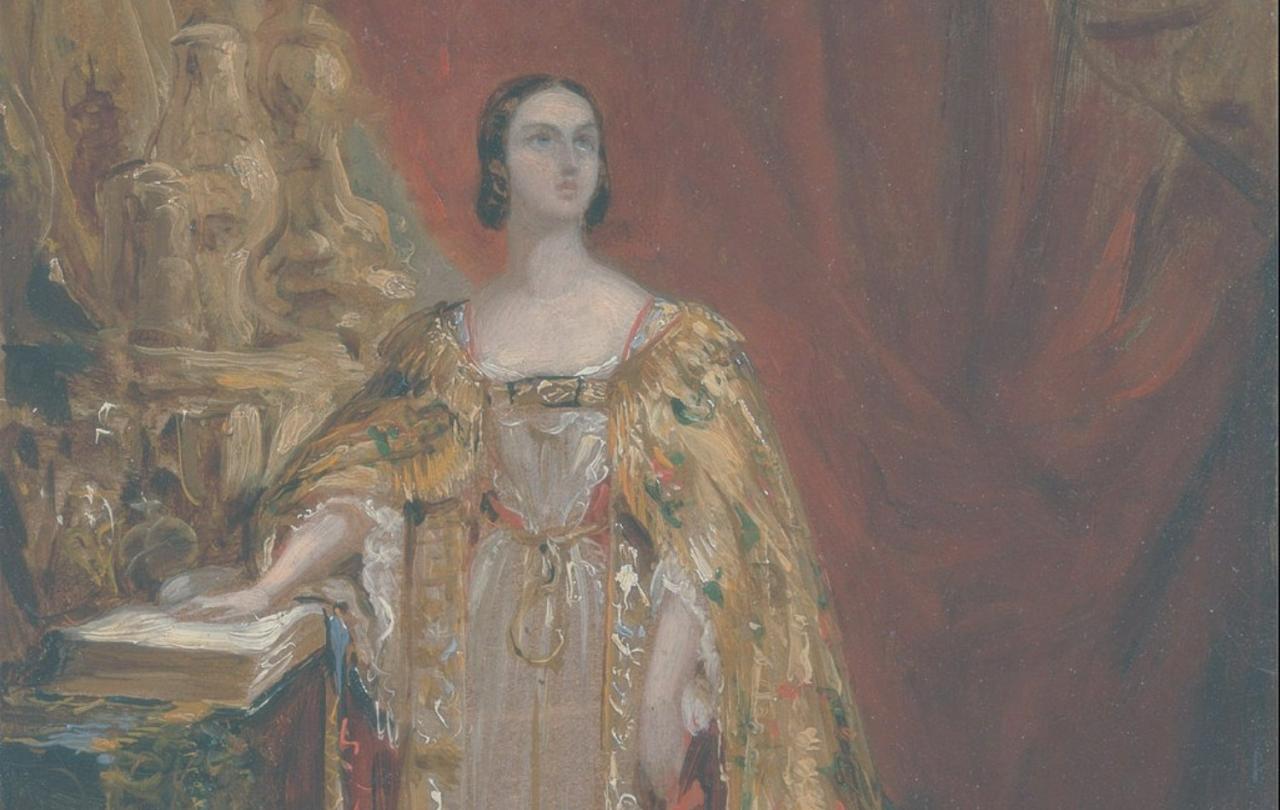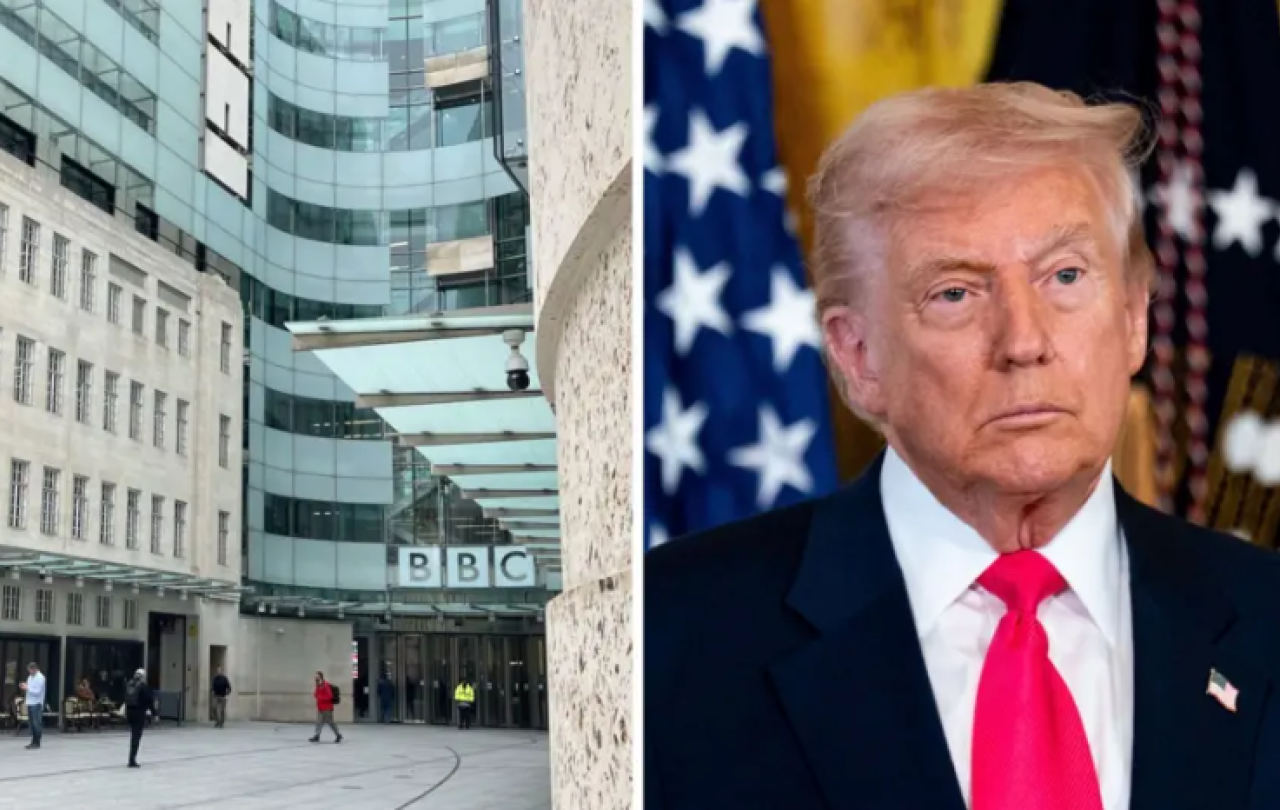
What is the point of the coronation ceremony? Many, such as Orwell, have praised the monarchy for absorbing our desire to exult those who rule us, so that we do not fawn over the politicians who hold real power, as they do in some presidential regimes. Instead, we treat politicians with no fanfare, but as mere ministers of the Crown, and hence as ministers of the good of the entire country. But why do we need an explicitly Christian coronation ceremony, taking place in the middle of an Anglican service of Holy Communion?
We can find an answer in The Meaning of the Coronation, an appreciative essay written after the last coronation by two left-leaning sociologists, Edmund Shils and Michael Young. Every society, they claim, relies on an implicit consensus around certain moral values. “What are these moral values which restrain men’s egotism and which enables society to hold itself together? A few can be listed illustratively: generosity, charity, loyalty, justice in the distribution of opportunities and rewards, reasonable respect for authority, the dignity of the individual and his right to freedom.”
The apparently ordinary nature of these values should not deceive us.
“The sacredness of society is at bottom the sacredness of its moral rules, which itself derives from the presumed relationship between these rules in their deepest significance and the forces and agents which men regard as having the power to influence their destiny for better or for worse.”
Our sense that moral rules and values ought to be respected calls us to use all the power of rite and ritual to invest them with the authority of the sacred. The monarchy is eminently suited to serve this purpose, since “the monarchy has its roots in man's beliefs and sentiments about what he regards as sacred,” albeit in a vague, and hence more inclusive, way that can be appreciated without membership of the Church of England (to which I do not belong either), or Christian belief of any defined sort. Therefore, Shils and Young argue, the
“Coronation is exactly this kind of ceremonial in which the society reaffirms the moral values which constitute it as a society and renews its devotion to those values by an act of communion.”
We can better appreciate how the Coronation reaffirms various political and moral principles by considering some key parts of the ceremony. One of them is the taking of the Oath to “solemnly promise and swear to govern … according to their respective laws and customs” the UK and Commonwealth Realms. These words are the cornerstone of our tradition of common-law constitutionalism. As the Queen takes the Oath, according to Shils and Young, she “acknowledges that the moral standards embodied in the laws and customs are superior to her own personal will.” Historically, as H.L. Morton wrote,
“The king’s task was to uphold the law, not to make law, still less to govern by personal will as an autocrat.”
The Oath, then, stands in judgement over the ministers of the Crown: have they acted in accordance with existing laws, or did ministers rule by personal decree? A question always worth asking, as Lord Sumption reminded us during the pandemic.
Another key moment is the presentation of the regalia, the symbols of how the monarch should reign. The most important regalia to be handed to the King by the Archbishop are the Sceptre with Cross and the Sceptre with Dove. The Archbishop will then say a new and somewhat clumsy prayer to ask:
“that you might exercise authority with wisdom, and direct your counsels with grace; that by your service and ministry to all your people, justice and mercy may be seen in all the earth.”
By contrast, in 1953, the Archbishop said:
“Receive the Rod of equity and mercy. Be so merciful that you be not too remiss; so execute justice that you forget not mercy. Punish the wicked, protect and cherish the just, and lead your people in the way wherein they should go.”
This conveys more clearly and artfully the significance of the Sceptre and Rod, which is to circumscribe the purpose of the state, defined simply as that of upholding justice and public order. All those who act in the King’s name, such as parliamentarians, judges, magistrates, and members of the armed forces or police, are thus entrusted with authority to carry out the King’s Oath to “cause Law and Justice, in Mercy, to be executed”. By implication, if they do or desire anything that does not strictly serve this purpose, such as gaining power and influence for its own sake, or interfering with society arbitrarily, then they go beyond their commission.
But law is also meant to be tempered with mercy. Hence one of the ceremonial swords, the curtana, carried into the Abbey at the beginning of the ceremony has a blunt tip. The ceremony is embedded with the Christian belief that we must be humbled by knowing we are sinners presuming to judge others. Our sense of justice is imperfect. What fallible judgements we mete out to others should, where possible, be open to reintegrating the wrongdoer back into society.
Finally, there is the anointing itself, the central act following the taking of the Oath and before the presentation of the regalia. This is the most archaic part of the rite, hearkening back to prophets, priests, and kings of Israel who, according to scripture, were anointed with oil to signify that God had dedicated them to perform a role for the good of the whole people.
The anointing was one of two moments in the ceremony that were not televised in 1953, a precedent that will be followed again this year. For the anointing is an act that is really a prayer – and who likes to have people gawping at them when praying? The King removes his Robes of State before the anointing because this is the moment when he asks humbly to be given divine aid to dedicate himself to the service of his people.
There are too many examples of failed and collapsed states to make us doubt that the continued existence of any state is not something we can guarantee by our ingenuity.
The Sovereign’s dedication to public service is one side to the covenant that binds the country together. Rather than a social contract between individuals to protect their self-interest, in our Constitution there is an exchange of vows, binding one to another with rights and obligations. The monarch and those acting on his behalf swear to serve us (and condemn themselves when they fail to do so), and we swear to bear true allegiance in return.
Whether those promises will be kept is not a matter of effort and skill alone. Just as in a marriage, the weightiness of the promises makes us naturally feel unequal to the task and in need of strength greater than we can muster. There are too many examples of failed and collapsed states to make us doubt that the continued existence of any state is not something we can guarantee by our ingenuity. Hence, at the heart of the Coronation is the unfashionable but humbling idea that to remain faithful to the vows pledged, and for there still to be a United Kingdom in future generations, are gifts given by something above us and beyond our ability to control.





